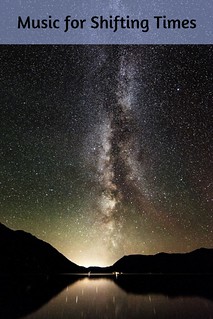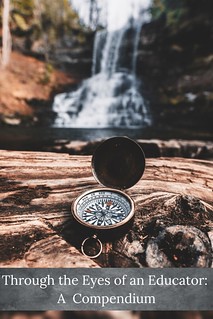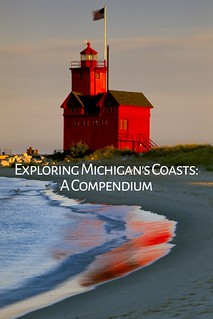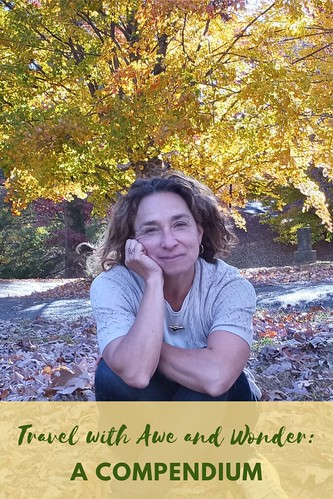Monarch Butterfly Migration in Michoacan, Mexico: A Guide
The Monarch Butterfly Migration is fantastic natural event that happens every year in Michoacan, Mexico. Everyone wants to see these butterflies complete their journey across the United States, but this is something that many people can only watch on National Geographic, or Discovery Channel. I used to only be able to say that I'd seen it on the television once, but when my family was invited to come and see them in real life, we jumped on the opportunity and decided that this would be a once in a lifetime event for all of us that we wouldn't want to miss.

These monarchs can travel from fifty to one hundred miles in one day; the journey the butterflies take to can take them up to 3,000 miles to get to its overwinter home in Mexico. This journey takes four generations of butterflies to complete. Monarchs live for about 4 to 5 weeks in the wild, but the last generation lives for 7 to 8 months.

When we went, it was a long, 45 minute walk up the dirt and stone path on the side of the mountain. You will most definitely need both water and a decent pair of tennis shoes. If you don't feel like hiking up the mountain, there is another way. When you enter the reserve, there are some horses, already saddled and just waiting for their next rider. Horse rides up the mountain cost 150 pesos for each horse, or about $12 US dollars. This is a great way to get small children or elderly people up the mountain quickly and easily. When you walk or ride up the mountain, you can hear the wind blowing through the trees, and the trees swaying with the wind. It can get pretty cold up on top of the mountain, so you it would be a good idea to bring a jacket.
When you come back, you'll probably be feeling pretty hungry, after your long hike up the side of the mountain. There are some groups of wooden restaurants and souvenir shops that are ready to give you what you need to refresh yourself. And if you brought some pesos, something to help you to better remember the exhilarating experience seeing the thousands of monarchs gathered in one place at one time. These little restaurants cook their food on an old fashioned stove with fire on the inside. I suggest the quesadillas, because they are made with blue corn and special Mexican cheese that tastes very similar to mozzarella. These restaurants smell great, especially with the scent of burning wood from the stoves.
What you see on National Geographic and Discovery Channel is nothing in comparison to what you will see when you finally get there. Thousands and hundreds of thousands of monarchs cover the trees, the ground, and the plants around you. The trees around you are being weighted down by all of the butterflies that are resting on their branches, and the leaves are covered in so many butterflies that you can barely tell the leaf from the tree branch.

Around 14% of the Monarchs are eaten by birds or mice during the migration, despite the poison from the milkweed they eat as a larva, which usually keeps any predators away from them.

The rules for the reserve say that you're not supposed to touch the butterflies, but most of the tourists and other sightseers touch them anyway. Most of them only touch the ones on the ground, though.
You have to bring a camera to the migration. If not, you will definitely regret it! There are so many butterflies that you will have a chance to take a picture of to help you to remember this natural event forever.
I hope that as you finish reading my article you will want, more than ever, to see the Monarch Migration in person. Don't forget your tennis shoes, your camera, and a jacket for when you go!

Ticket prices for adults are 35 pesos each which is about $2.70, and children cost 30 pesos each, or around $2.30 in US dollars. To hire a horse, it costs 150 pesos, which is about $12 US dollars each.
Parking for buses costs 50 pesos, or about $4, and a normal car costs 30 pesos, or $2.30. The Monarchs come to Michoacan, Mexico annually, starting in November or December.
Joy Whitehead is a member of the Youth Travel Blogging Mentorship Program
All photos courtesy and copyright Joy Whitehead



















